Researchers are working to develop nanocarriers that deliver drugs across the blood brain barrier. Successful nanocarriers could lead to treatments for brain disorders including Alzheimer’s disease, Parkinson’s disease, ischemic stroke, epilepsy and seizures.
Tag: nanotechnology

Advancing new technologies to halt bleeding
The research arm of the U. S. Army has awarded Case Western Reserve University blood surrogate pioneer Anirban Sen Gupta a four-year, $2.5 million grant to advance and optimize his latest nanotechnology to stop bleeding from battlefield injuries.
The new technology devised by Sen Gupta and his team is called “SanguiStop.” It allows a clot-promoting enzyme called thrombin to be intravenously delivered in a targeted manner to a bleeding area—especially to the site of internal injuries.
‘iTEARS’ could help diagnose diseases by isolating biomarkers in tears
In ACS Nano, researchers report a nanomembrane system that harvests and purifies tiny blobs called exosomes from tears, allowing researchers to quickly analyze them for disease biomarkers. Dubbed iTEARS, the platform could enable more efficient and less invasive diagnoses for many diseases.
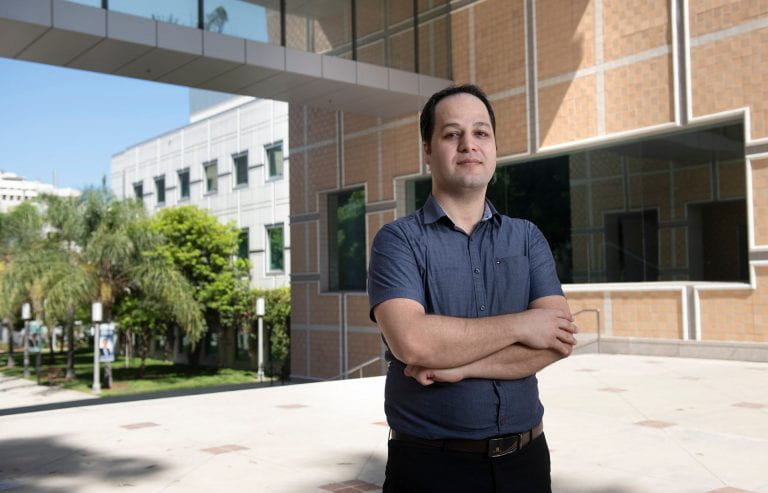
UCI researchers invent a health monitoring wearable that operates without a battery
Irvine, Calif., July 12, 2022 – A new self-powered, wristwatch-style health monitor invented by researchers at the University of California, Irvine can keep track of a wearer’s pulse and wirelessly communicate with a nearby smartphone or tablet – without needing an external power source or a battery. In a paper published recently in the journal Nano Energy, team members in UCI’s Henry Samueli School of Engineering describe their invention, built via 3D printing of nanomaterials on flexible substrates for real-time and wireless monitoring of vital signs.
These energy-packed batteries work well in extreme cold and heat
Researchers developed lithium-ion batteries that perform well at freezing cold and scorching hot temperatures, while packing a lot of energy. This could help electric cars travel farther on a single charge in the cold and reduce the need for cooling systems for the cars’ batteries in hot climates.
Tiny fish-shaped robot ‘swims’ around picking up microplastics
Researchers in ACS’ Nano Letters report having created a light-activated fish robot that “swims” around quickly, picking up and removing microplastics from the environment.
‘Fruitcake’ Structure Observed in Organic Polymers
Researchers have analysed the properties of an organic polymer with potential applications in flexible electronics and uncovered variations in hardness at the nanoscale, the first time such a fine structure has been observed in this type of material.
New non-radioactive, neutral reagent reveals viruses in clear detail
Seeing is believing — or, for scientists, the beginning of understanding.
Fast-tracked: First in-human trial for aggressive brain tumours
A novel technology designed to precisely image aggressive brain cancers and guide treatment is being developed by the University of South Australia and Australian cancer diagnostic company, Ferronova, potentially helping thousands of people who are diagnosed with the deadly condition each year.
Researchers develop a paper-thin loudspeaker
MIT engineers have developed a paper-thin loudspeaker that can turn any surface into an active audio source.
New COVID vaccine design is easier to manufacture, doesn’t need cold storage
Currently available COVID vaccines require cold storage and sophisticated manufacturing capacity, which makes it difficult to produce and distribute them widely, especially in less developed countries.
Compact amplifier could revolutionize optical communication
Researchers at Chalmers University of Technology, Sweden, present a unique optical amplifier that is expected to revolutionise both space and fiber communication.
Scientists demonstrate pathway to forerunner of rugged nanotubes that could lead to widespread industrial fabrication
Collaboration led by PPPL has identified a chemical pathway to an innovative nanomaterial that could lead to large-scale production for applications ranging from spacesuits to military vehicles.
‘Nanojars’ capture dissolved carbon dioxide, toxic ions from water
Carbon dioxide dissolves in oceans, lakes and ponds, forming bicarbonate ions that can reenter the atmosphere as carbon dioxide later. Now, researchers have developed tiny “nanojars” that split bicarbonate into carbonate and capture it. They will present their results at ACS Fall 2021.
Detecting an unprecedented range of potentially harmful airborne compounds (video)
Many products release molecules that drift through the air. Some can potentially cause health problems. Researchers now report a personal air-sampling system that can detect an unprecedented range of these compounds from a special badge or pen. They will present their results at ACS Fall 2021.
Story tips: Sensing oil leaks, 3D prints in space, more fuel from ethanol, Arctic modeling boost, making isotopes faster and nano-enabled microscopy
Story tips: Sensing oil leaks, 3D prints in space, more fuel from ethanol, Arctic modeling boost, making isotopes faster and nano-enabled microscopy
Shih-Ting (Christine) Wang: Designing Materials for Biomedicine
Using DNA-based assembly, the Center for Functional Nanomaterials postdoc has assembled functional proteins into ordered lattices and coated nanostructures for drug delivery.
New grant, National Fellowship for UA Little Rock Nanotechnology Researcher
Dr. K. Bao Vang-Dings, a nanotechnology researcher at the University of Arkansas at Little Rock, has been named one of nine 2021-22 Public Policy Fellows by the American Association of Immunologists. Additionally, the Arkansas IDeA Network of Biomedical Research Excellence (INBRE) has awarded her a 2021 Summer Research Grant to support Vang-Dings’ cancer vaccine research.
Michael S. Arnold: Then and Now / 2011 Early Career Award Winner
Supported by his Early Career Research Program Award, University of Wisconsin – Madison professor Michael S. Arnold found new ways to make graphene nanostructures with smooth edges. This technology will enable next-generation energy and electronics applications.
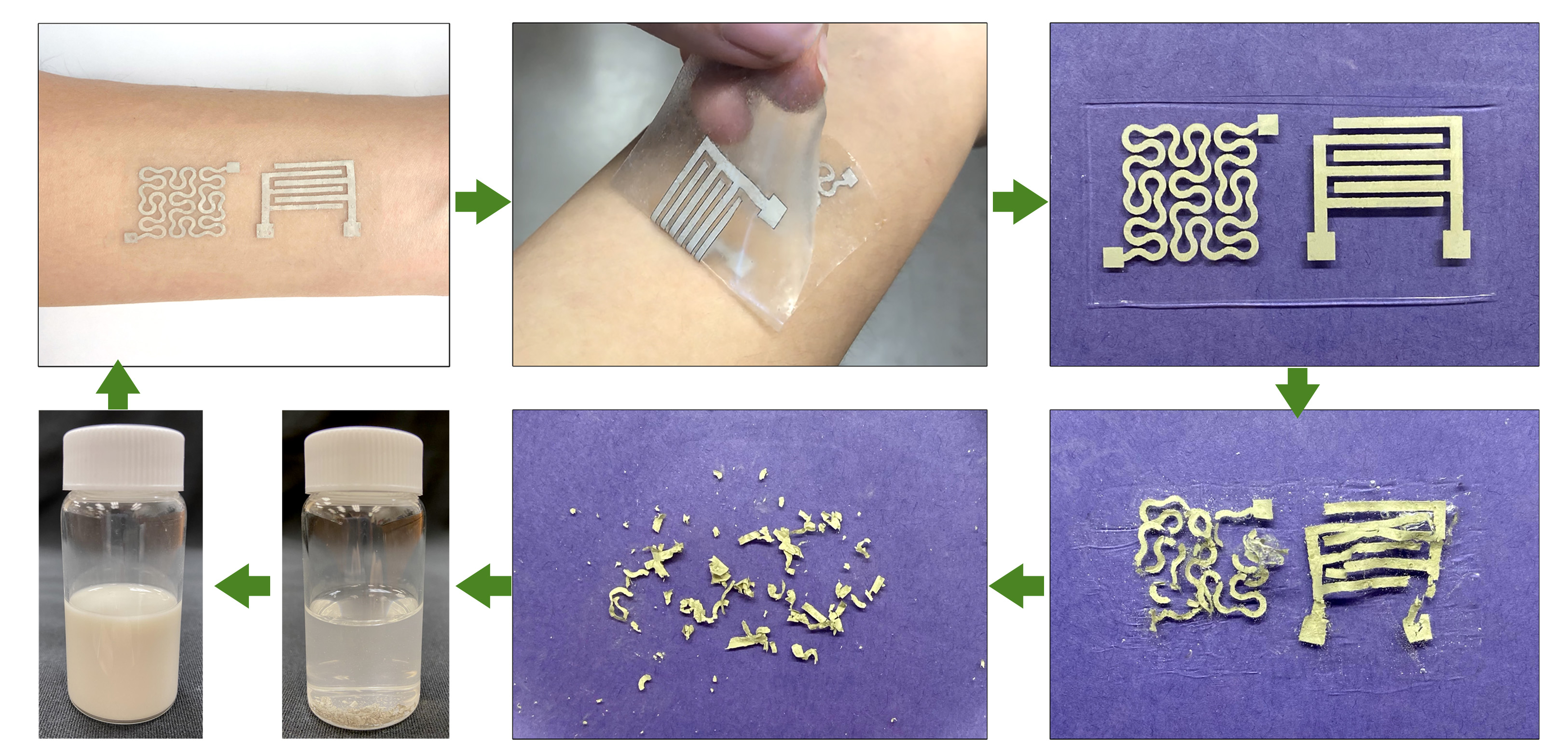
Researchers Demonstrate Technique for Recycling Nanowires in Electronics
Researchers have demonstrated a low-cost technique for retrieving nanowires from electronic devices that have reached the end of their utility and then using those nanowires in new devices. The work is a step toward more sustainable electronics.
No Excuse to Continue Reliance on Fossil Fuels, Says Leading Nano-Technologist
One of the leading thinkers in nano-science has called on the energy materials community to help finally put an end to the world’s reliance on fossil fuels.
Main Attraction: Scientists Create World’s Thinnest Magnet
Scientists at Berkeley Lab and UC Berkeley have created an ultrathin magnet that operates at room temperature. The ultrathin magnet could lead to new applications in computing and electronics – such as spintronic memory devices – and new tools for the study of quantum physics.
Emergent magnetic monopoles isolated using quantum-annealing computer
Using a D-Wave quantum-annealing computer as a testbed, scientists at Los Alamos National Laboratory have shown that it is possible to isolate so-called emergent magnetic monopoles, a class of quasiparticles, creating a new approach to developing “materials by design.”
What if We Could Give Viruses a One-Two Punch?
Researchers at Stanford and Berkeley Lab’s Molecular Foundry have developed virus-killing molecules called peptoids. The technology could make possible an emerging category of antiviral drugs that could treat everything from herpes and COVID-19 to the common cold.
Calling all couch potatoes: this finger wrap can let you power electronics while you sleep
A new wearable device turns the touch of a finger into a source of power for small electronics and sensors. Engineers at the University of California San Diego developed a thin, flexible strip that can be worn on a fingertip and generate small amounts of electricity when a person’s finger sweats or presses on it. What’s special about this sweat-fueled device is that it generates power even while the wearer is asleep or sitting still.
Innovation in Cancer Prevention – Bio-robots Transporting Cordyceps Extract
Chula researchers celebrate the success of Active Targeting, a revolutionary innovation in the medical industry using bio–robots to deliver targeted cordyceps extract to halt cancer with reduced side effects.
Tiny but mighty precipitates toughen a structural alloy
Scientists at Oak Ridge National Laboratory and the University of Tennessee, Knoxville, have found a way to simultaneously increase the strength and ductility of an alloy by introducing tiny precipitates into its matrix and tuning their size and spacing.
Putting Functional Proteins in Their Place
Using DNA, scientists organized bioactive proteins in desired 2-D and 3-D ordered arrays—promising for structural biology, biomedicine, and more.
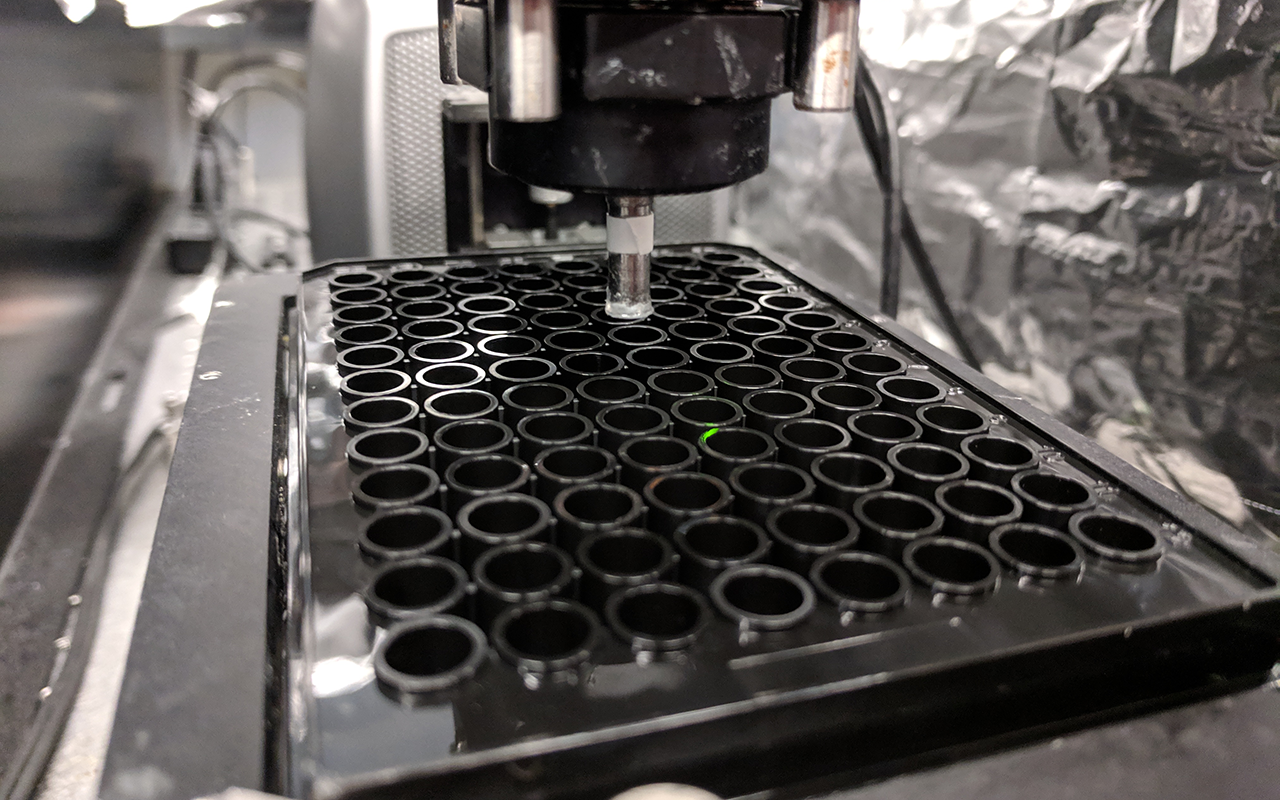
Super productive 3D bioprinter could help speed up drug development
A new 3D bioprinter developed by UC San Diego nanoengineers operates at record speed—it can print a 96-well array of living human tissue samples within 30 minutes. The technology could help accelerate high-throughput preclinical drug screening and make it less costly.
New Dual-Beam Microscope Installed at the Center for Functional Nanomaterials
This latest-generation tool, which combines a scanning electron microscope and focused-ion beam, has advanced capabilities for preparing and analyzing nanomaterial samples.

Nina Balke: Then and Now / 2011 Early Career Award Winner
Nina Balke is a senior research scientist at the Center for Nanophase Materials Sciences, studying Li-ion batteries to eliminate performance bottlenecks, understand performance fade, and design better batteries from the bottom up.
OU Researcher Receives 2021 NSF CAREER Award
The NSF awarded Stefan Wilhelm a $761,727 CAREER award to continue his research in nanotechnology, which assists in the diagnosis and treatment of diseases such as cancer. Wilhelm’s work focuses on individual nanoparticles – which are about 1,000 times smaller than the diameter of a human hair – and how they interact with the body’s cells.
ORNL’s Sergei Kalinin elected Fellow of the Microscopy Society of America
Sergei Kalinin, a scientist and inventor at the Department of Energy’s Oak Ridge National Laboratory, has been elected a Fellow of the Microscopy Society of America professional society.
Nanotechnology offers new hope for bowel cancer patients
Bowel cancer is the second deadliest cancer in the world, killing almost 900,000 people in 2020. New research from Indian and Australian scientists suggests that nanotechnology could provide a more effective treatment option than conventional therapy.
Science Snapshots From Berkeley Lab
Science Snapshots From Berkeley Lab – Water purification, infant-warming device, cuff-based heart disease monitor, ancient magnetic fields
Heavy charge against water germs
Removing pathogens from drinking water is especially difficult when the germs are too tiny to be caught by conventional filters. Researchers at Empa and Eawag are developing new materials and processes to free water from pathogenic microorganisms such as viruses.
nanoComposix completes ISO13485:2016 Certification for Quality Management System
nanoComposix is proud to announce the successful expansion of its Quality Management System (QMS) to include ISO 13485:2016 certification.
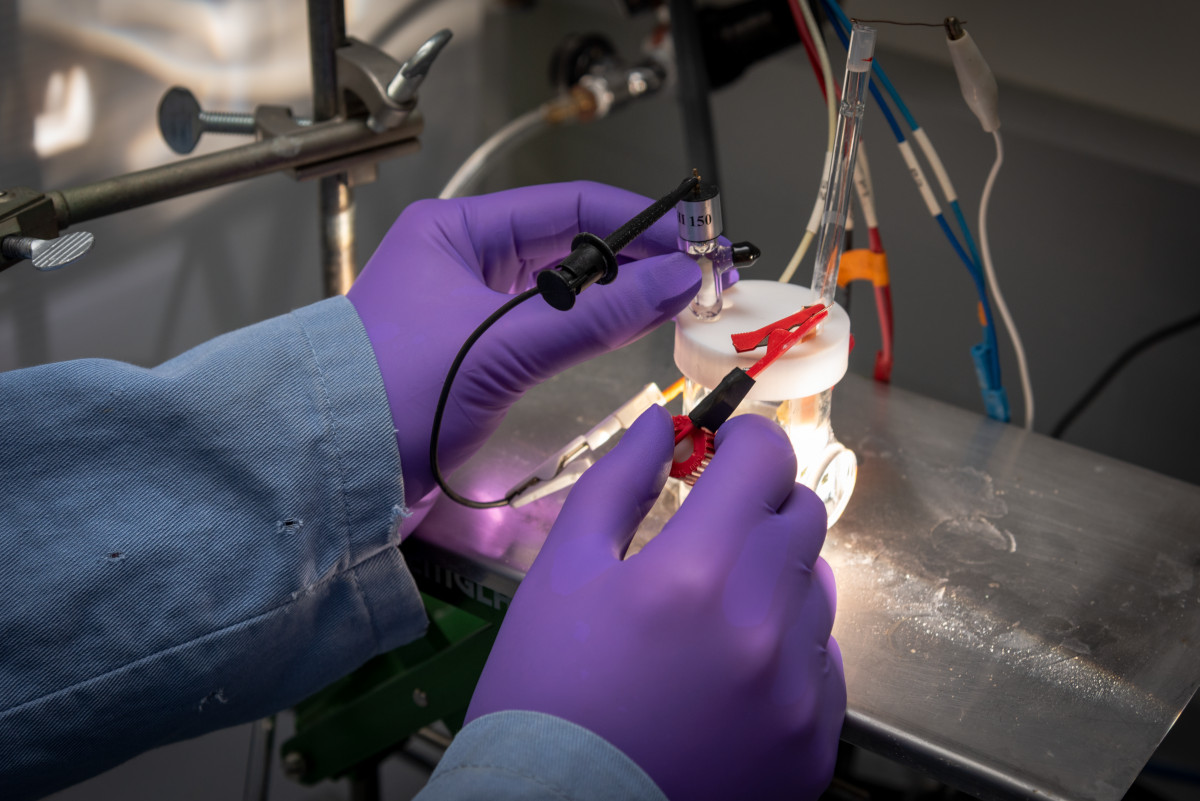
This hydrogen fuel machine could be the ultimate guide to self improvement
Scientists at Berkeley have uncovered an extraordinary self-improving property that transforms an ordinary semiconductor into a highly efficient and stable artificial photosynthesis device
Revealing Nano Big Bang – Scientists Observe the First Milliseconds of Crystal Formation
At Berkeley Lab’s Molecular Foundry, scientists recruited a world-leading microscope to capture atomic-resolution, high-speed images of gold atoms self-organizing, falling apart, and then reorganizing many times before settling into a stable, ordered crystal.
Nanotech scientists create world’s smallest origami bird
Cornell University researchers have created micron-sized shape memory actuators that enable atomically thin two-dimensional materials to fold themselves into 3D configurations. All they require is a quick jolt of voltage. And once the material is bent, it holds its shape – even after the voltage is removed.

UCI-led team creates new ultralightweight, crush-resistant tensegrity metamaterials
Irvine, Calif., March 11, 2021 – Catastrophic collapse of materials and structures is the inevitable consequence of a chain reaction of locally confined damage – from solid ceramics that snap after the development of a small crack to metal space trusses that give way after the warping of a single strut. In a study published this week in Advanced Materials, engineers at the University of California, Irvine and the Georgia Institute of Technology describe the creation of a new class of mechanical metamaterials that delocalize deformations to prevent failure.
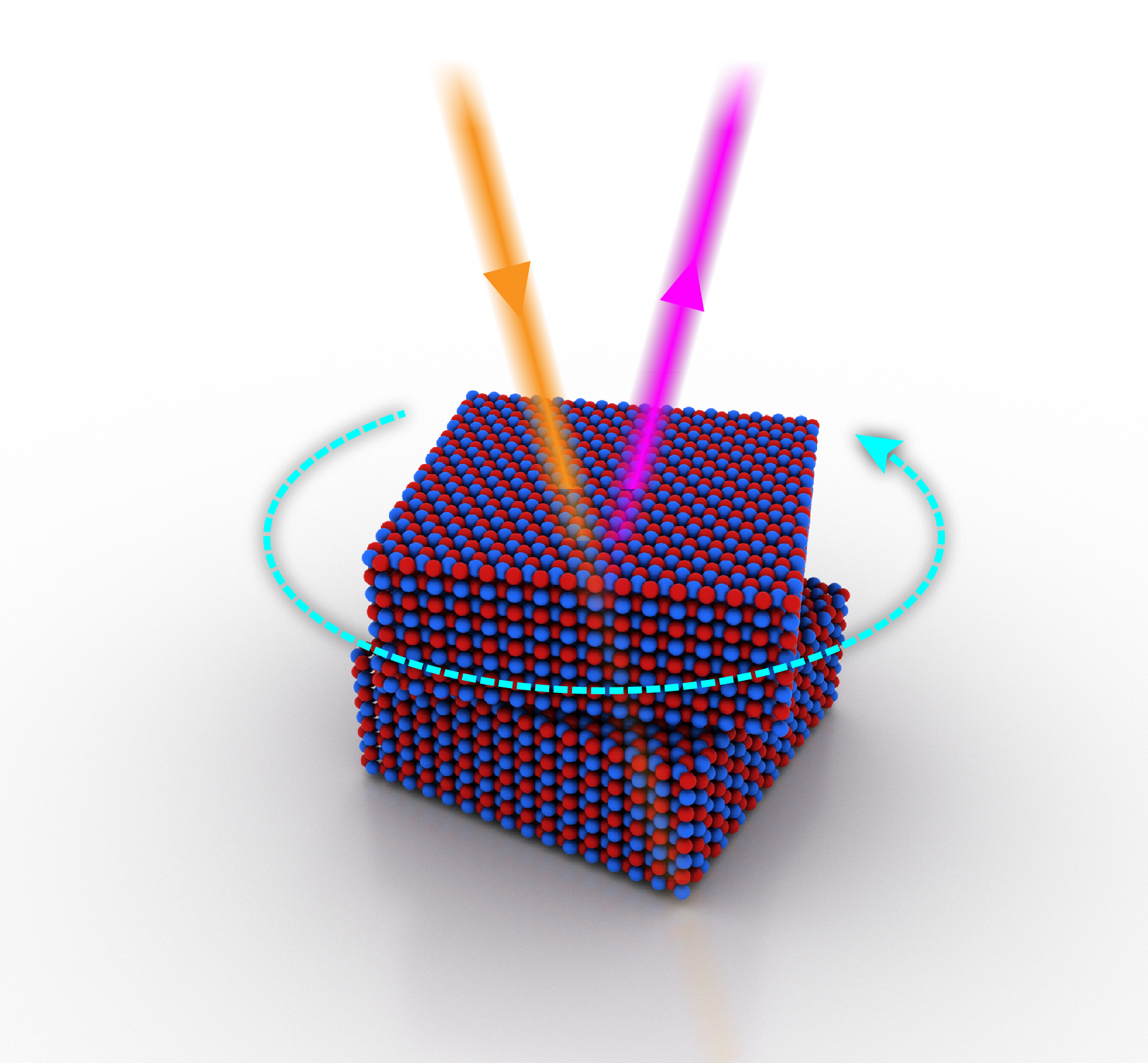
Twistoptics—A New Way to Control Optical Nonlinearity
Columbia Engineering researchers report that they developed a new, efficient way to modulate and enhance an important type of nonlinear optical process: optical second harmonic generation—where two input photons are combined in the material to produce one photon with twice the energy—from hexagonal boron nitride through micromechanical rotation and multilayer stacking. Their work is the first to exploit the dynamically tunable symmetry of 2D materials for nonlinear optical applications.

Scientists improve understanding of plasma source for synthesis of nanomaterial for microchips and numerous products
Researchers have developed an insight that could facilitate production of microscopic carbon nanotubes, structures thousands of times thinner than a human hair used in everything from microchips to sporting goods to pharmaceutical products.

Scientists Use Lipid Nanoparticles to Precisely Target Gene Editing to the Liver
Scientists developed a highly efficient, targeted method for delivering gene editing machinery to specific tissues and organs, demonstrating the treatment of high cholesterol by targeting genes in the liver of mice, reducing cholesterol for over 3 months (and potentially more) with one treatment
Researchers watch anti-cancer drug release from DNA nanostructures in real time
A team of researchers from Finland and Germany have found a way to study the endonuclease-driven digestion of drug-loaded DNA nanostructures in real time. As the team investigated the binding of anti-cancer drug doxorubicin (Dox) to the DNA structures in great detail, they discovered that the majority of previous studies have vastly overestimated the Dox loading capacity of DNA origami.
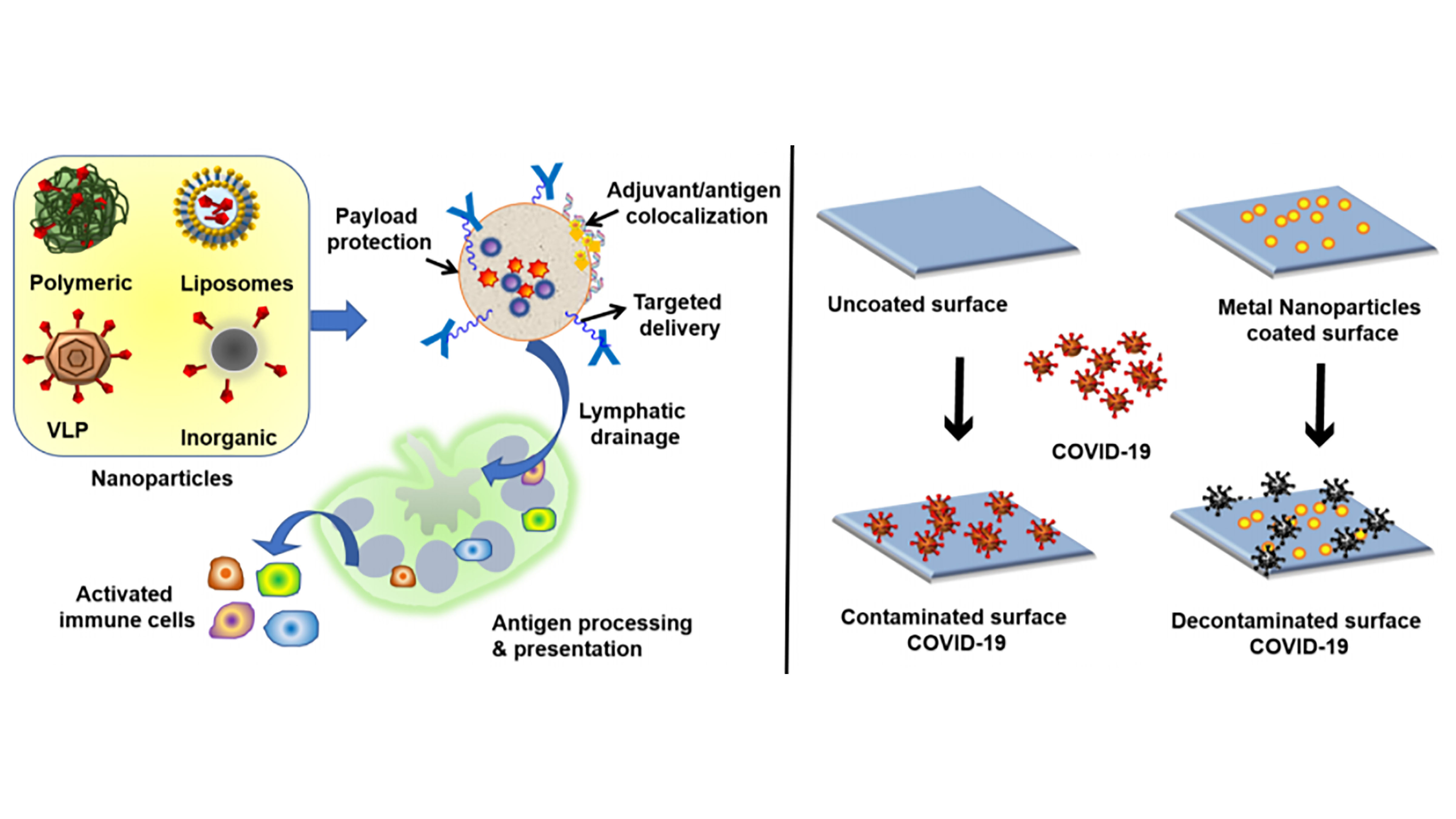
Biomaterials Could Mean Better Vaccines, Virus-Fighting Surfaces
Advances in the fields of biomaterials and nanotechnology could lead to big breakthroughs in the fight against dangerous viruses like the novel coronavirus that causes COVID-19. In APL Bioengineering, researchers from the Indian Institute of Science describe possibilities being explored by scientists, combining biomaterials and nanotechnology, to make vaccines more effective and build surfaces that could fight and kill viruses on their own.
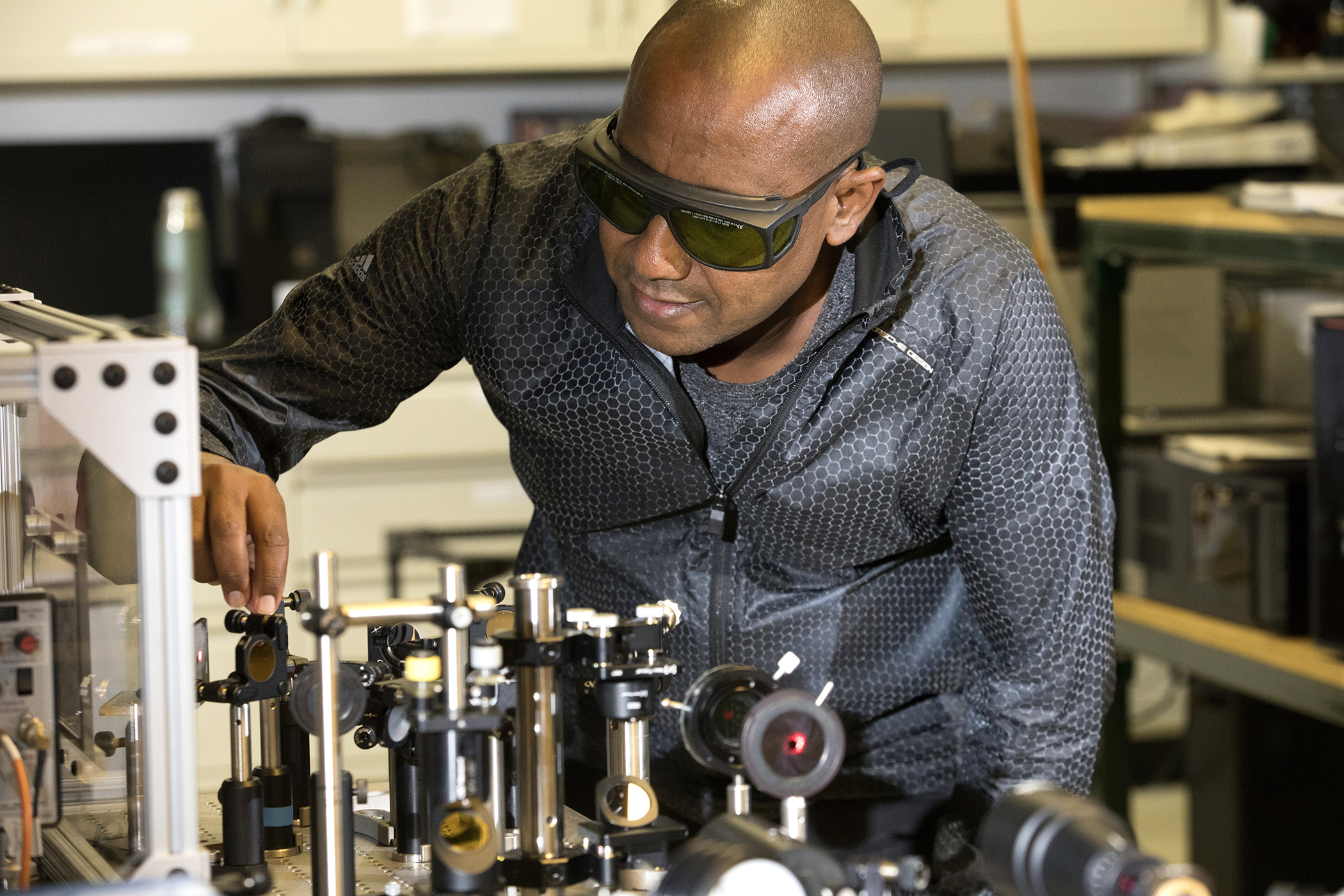
Imaging technique provides link to innovative products
A study led by University of Georgia researchers announces the successful use of a new nanoimaging technique that will allow researchers to test and identify two-dimensional materials.
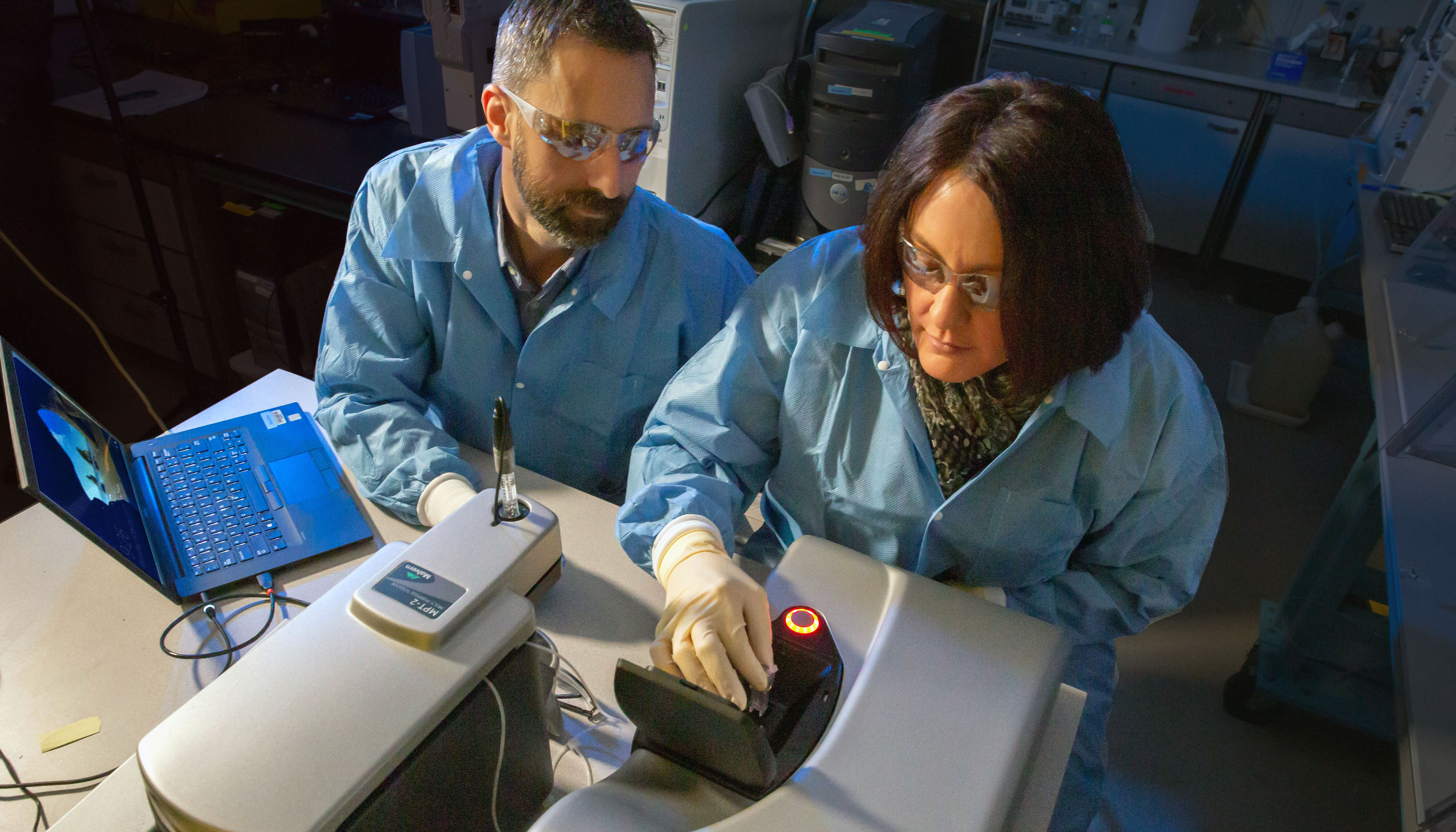
LLNL and United Kingdom company to collaborate on development of universal coronavirus vaccine
ConserV Bioscience Limited (CBL) and Lawrence Livermore National Laboratory (LLNL) have agreed to collaborate on the development of a broad-spectrum or “universal” coronavirus vaccine.
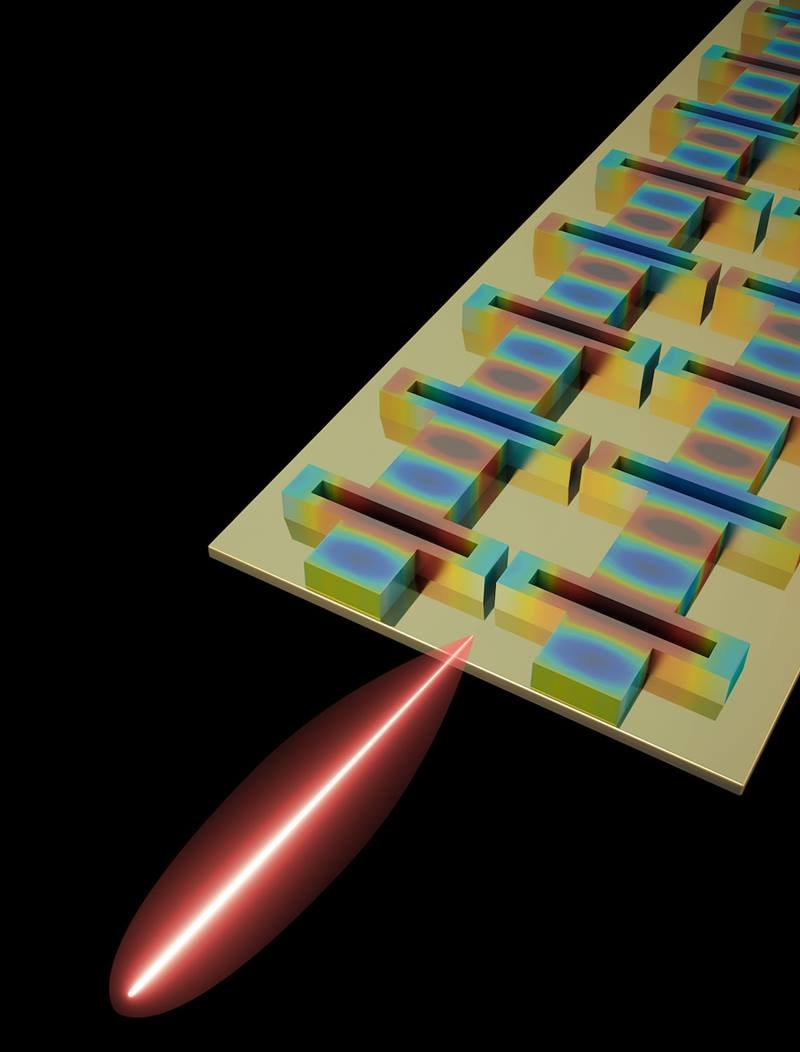
Tiny Tunable Terahertz Lasers Ready to Fly in Space
Researchers have achieved a tiny laser that operates in the terahertz frequencies for potential applications in imaging and scanning applications. Previous terahertz lasers required bulky laboratory equipment to stay cool enough to function. The new devices are the first to simultaneously reach three key performance goals—high power, tight beam, and broad frequency tuning—in a design that can work outside a laboratory and even in space.
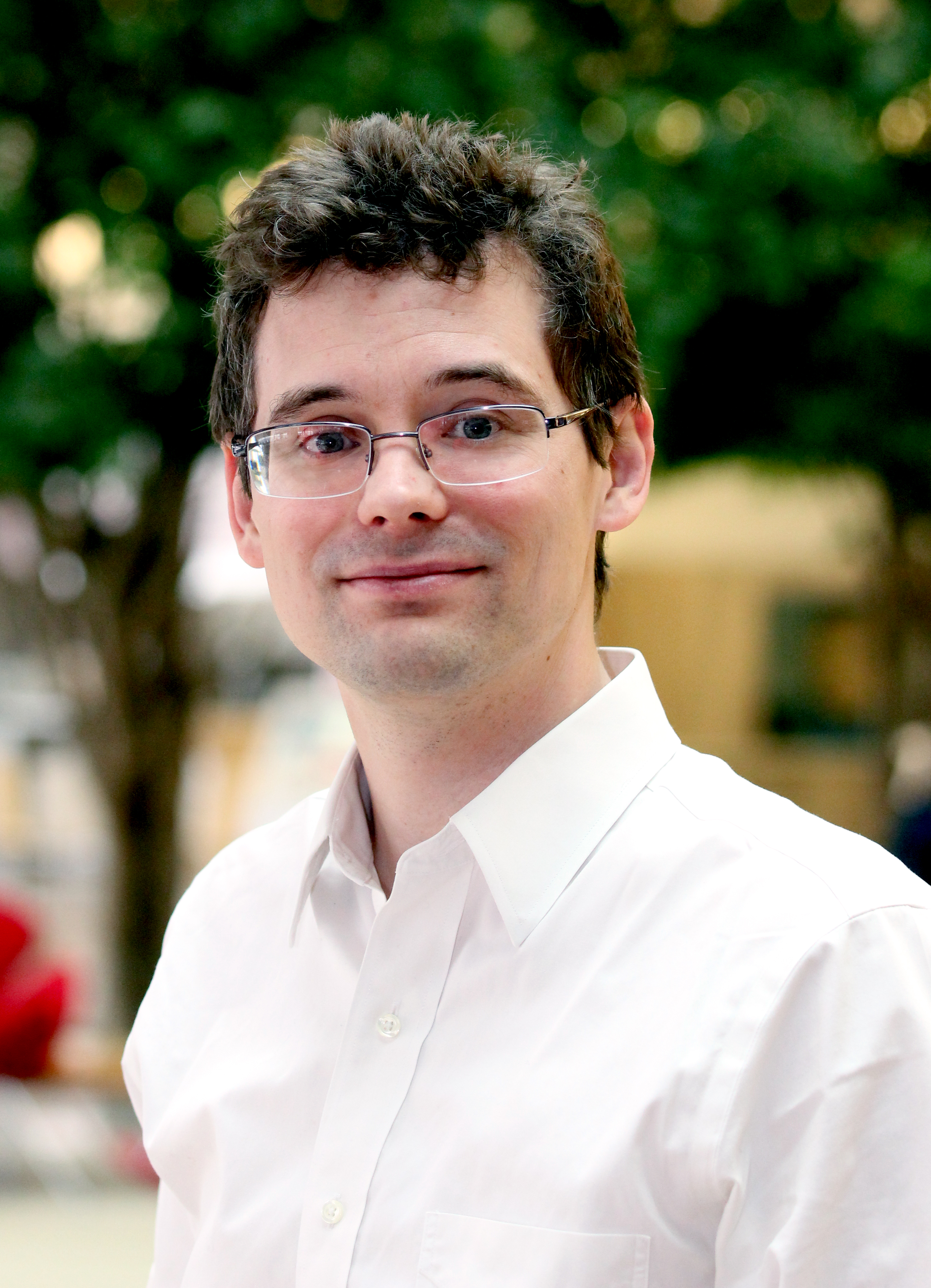
Daniel Fredrickson: Then and Now / 2010 Early Career Award Winner
Daniel Frederickson, a professor in the Department of Chemistry at the University of Wisconsin-Madison, is studying metallics to develop strategies for creating new materials able to merge different functional domains at the nanometer scale.